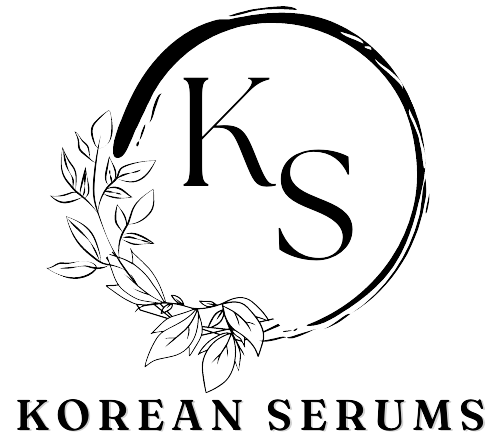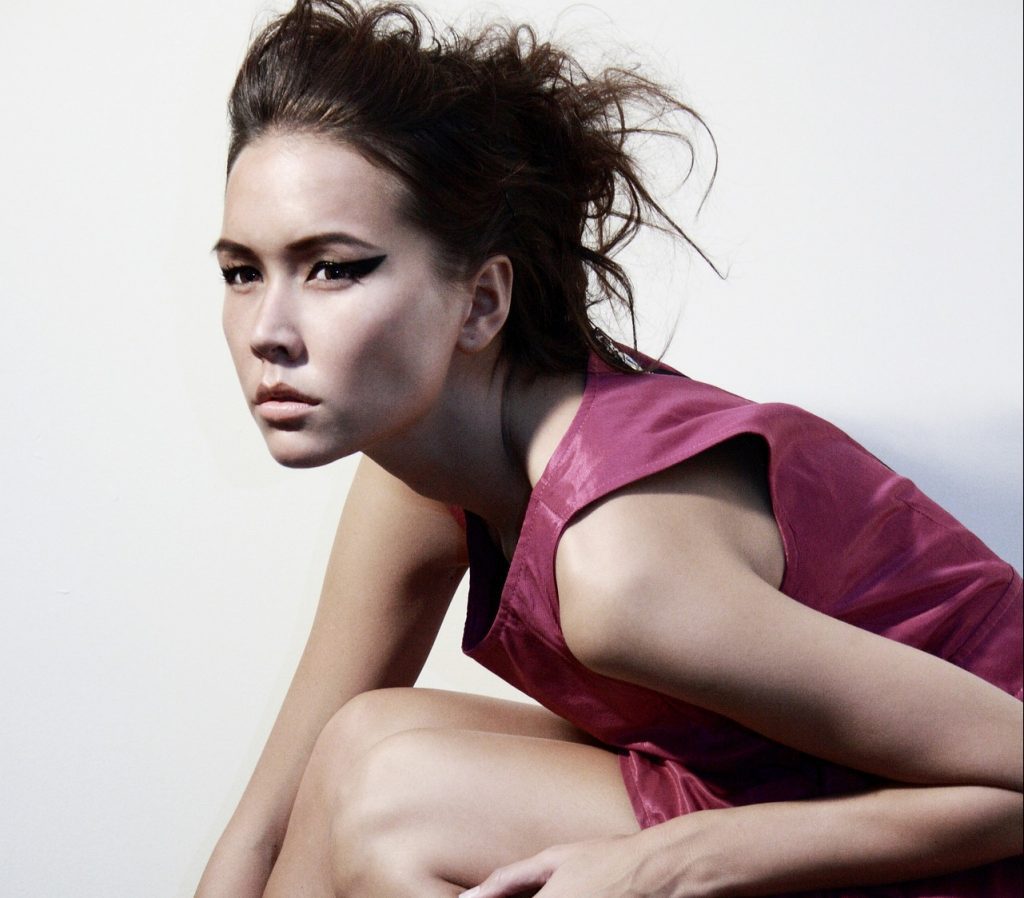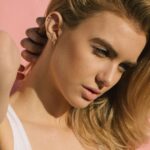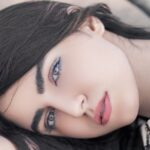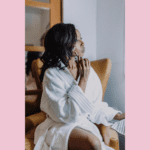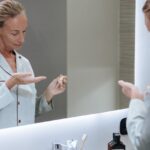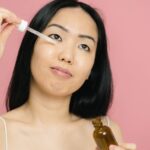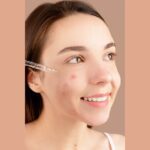Now that we have advanced enough intelligence, we need to seek the East for all the newest achievements in skincare (see essences, cushion compacts, snail creams, etc.).
However, there are situations when turning to the past might provide even more insights than looking to the present. After all, thousands of years ago, before serums were created, a Chinese emperor may have had poreless porcelain skin, and a Japanese geisha might have understood how to scrub her radiant face without using current foaming cleansers. The post centers around the East Asian Beauty Standards that would replenish your beauty instantly.
The East Asian Beauty Standards Checklist
Let’s examine Chinese ladies’ incredible beauty secrets so that we may use them in our everyday lives.
Whitening the complexion
Every girl would like skin like theirs, which glows like a doll. To improve the complexion and avoid pore clogging, they regularly use face masks comprised of all-natural components like mint leaves, turmeric, and licorice. They utilize a thin foundation for the baseline, concealer below the eyes, and finely milled loose powder to finish. Minimizing heavy, cakey makeup provides a beautiful matte look and smooth skin. Also, give the cream a good buffing on the skin.
For acne, use Moong beans
Being a core of the Chinese diet, the beloved moong, also known as mung, is used in soups, pasta, and other dishes. It is also well-recognized for treating skin conditions like rashes, cold sores, and acne. You can see that the legumes are incredibly high in phytonutrients and antioxidants, and they can also be found in face masks and other skincare products.
Doing facial exercises
We know Korean ladies are extremely dedicated to having flawless, beautiful skin and would stop at nothing to achieve this. The V-shaped jawline of Korean women, which is the consequence of face exercise, is their most distinctive characteristic. They perform quick mouth stretches to maintain their skin’s firmness and radiance. Exercises for the face that elevate and tighten puffy and loose skin include:
- Moving side to side while puckering your lips.
- Exaggerating vowels when speaking out loud.
- Smiling.
- Swallowing while keeping your chin up.
You’ll see the change with daily repetition of these facial exercises for a beautifully contoured face.
Daily bathing and many onsen visits
In Japan, taking a bath is more than just a way to clean up; it’s also a beauty ritual. There are numerous possibilities to bathe, scrub, and unwind in nutrient-rich and mineralized natural waters thanks to the abundance of onsen (natural hot springs) and sento (public bathhouses) that may be found throughout city centers, resorts, and even unplanned neglected open-air locations. Ofuro, or the house bath (not the shower), is a crucial component of any Japanese woman’s daily routine. A hot bath before night will make you feel calm and promote blood circulation, ease back and shoulder discomfort, relax your muscles, and reduce leg swelling. Add oils or natural salts to your bath for additional skin-hydrating and nourishing effects.
Younger-looking and perfect skin
In China, using essence and face oils is highly common for many different beauty secrets. Because of the essence’s and face oils’ moisturizing characteristics, wrinkles, crow’s feet, and fine lines don’t emerge on the skin. Another essential skin care item that helps to maintain the skin’s radiance is sunscreen. Therefore, to get perfect, younger-looking skin, properly moisturize it (without making it seem sticky).
Use of jade rollers
Yes, this is the most recent craze that has its beginnings in China and is currently making its way throughout the globe. It is combined with various massage or acupressure devices, such as Gua Sha.
A Gua sha is to release the body’s chi or blocked energy. It is applied to the individual’s back, buttocks, neck, arms, and legs. Even the face receives a delicate variant of it as a facial treatment. It is how Chinese women assess facial shapes.
Face massages
According to East Asian Beauty Standards, the skin benefits from facial massages. Increased blood flow, stress reduction, and relief from headaches and sinusitis are benefits of this practice. Facial massage helps to stimulate the facial muscles and the subsequent oxygen flow to that area, which is a natural technique of anti-aging skin care in and of itself. Additionally, gently massaging the skin around the eyes will help to reduce pigmentation, dullness, and wrinkles.
Tap it till you make it
As crucial as the quality of your skin care products is how well you use them. Thus, by using them properly, Korean ladies ensure they receive additional advantages from the goods. Instead of smacking and rubbing on their creams and moisturizers, women dot or massage the product on their fingers to warm it up before applying it in a circular movement to their whole face.
After softly massaging their face, they lightly tap it because they think this would help the product penetrate and provide further beauty advantages. They tap their toner for improved absorption rather than swipe it over their faces.
Comparison between eastern beauty and western beauty standards
We all know that eastern beauty standards are quite different from other countries’ beauty standards. It becomes very difficult to make a point about whether eastern beauty standards are more useful or western beauty standards.
To find this out let’s make a deep but quick comparison between the two of them.
Westerners’ ideals of female beauty include a curvaceous shape, a tanned complexion, a tiny nose, round eyes, and high cheekbones. They are prevalent in everything, including movies, novels, celebrities, and advertisements. As a result of these noticeable changes in beauty standards throughout time, everyone now continually aspires to an unattainable ideal.
There are many various sorts of looks that people find appealing, according to East Asian female beauty standards (which does make it sound like women are expendable products, something we do not condone). Several Asian cultures favor physical characteristics that give off a youthful image.. The collarbone challenge and the A4 waist challenge are only two of the media fads popular in Asian countries to demonstrate how thin you are.
Conclusion
Last but not least, when it comes to East Asian Beauty Standards, it’s a widespread view that real beauty originates from the within. Mienai oshare, or unseen beauty, is what it is called in Japan. The idiom says that beauty may be understood or enjoyed without having to be seen or exhibited physically. When you’re joyful, self-belief, and personality, it shows in your poise and confidence, which no costly product can replicate. It also gives out a grin, a brilliant glow, or warm energy that those around you can feel. Including this in your regular beauty regimen is unquestionably a must!
FAQs
1. What is the key to the flawless skin of East Asians?
Rice water is frequently used in China and Korea to wash the skin. It is a custom handed down through the years and is thought to offer both lightening and anti-inflammatory properties. It can improve skin tightness and level out the appearance of the skin.
2. What were the standards of beauty in ancient East Asia?
As a result, the religious influences on Chinese beauty norms traditionally strongly correlated outer beauty with inner beauty. Tang Dynasty historically valued an oval face, willow leaf brows, long, narrow eyes, tiny lips, and a thin, fragile-looking body.
3. What distinguishes East Asian beauty standards from Western ones?
Western standards want sensuality and a more pronounced hourglass form, whereas Asians emphasize innocent-like beauty and thin physiques. East Asian culture places a strong emphasis on maintaining a slim physique.
